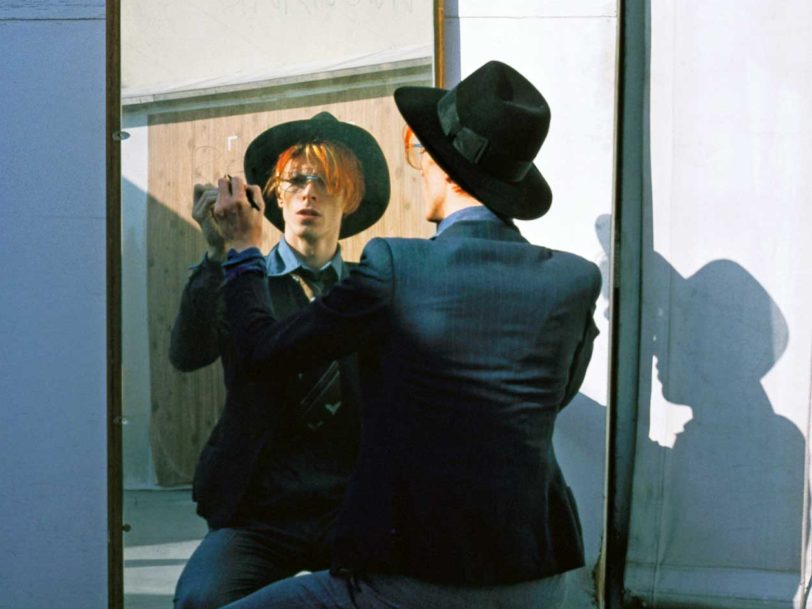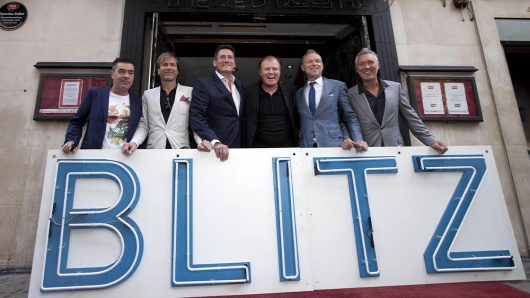Across a career that spanned five-and-a-half decades and 25 studio albums, David Bowie not only proved that musicians didn’t have to limit themselves to playing one style of music, he kicked the door down for artists seeking to reinvent their entire persona whenever they pleased. Paving the way for everyone from Prince to Lady Gaga, punk to new wave and beyond, the best David Bowie songs changed the face of rock music forever while remaining the inimitable work of one man’s unique vision.
That vision knew no bounds, making our list of the 25 best David Bowie songs a true exploration of rock and pop music in all its guises.
Listen to the best of David Bowie here, and check out our best David Bowie songs, below.
25: The Bewlay Brothers (1971)
With lyrics that defy interpretation, Hunky Dory’s closing song was hardly illuminated by Bowie himself, who, depending on his mood, would claim it to be “another vaguely anecdotal piece about my feelings about myself and my brother, or my other doppelganger”, or a nonsense collection of words designed to appeal to “the American market. They like that kind of thing.” More an abstract sonic construct than a song, it suggested that those who’d enjoyed arguably his most conventional singer-songwriter album shouldn’t get too complacent: far stranger things were to come.




